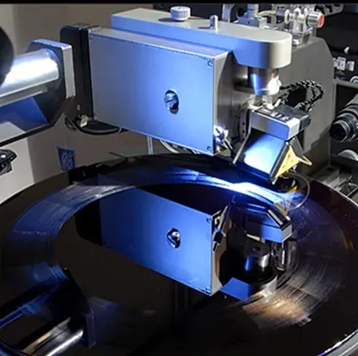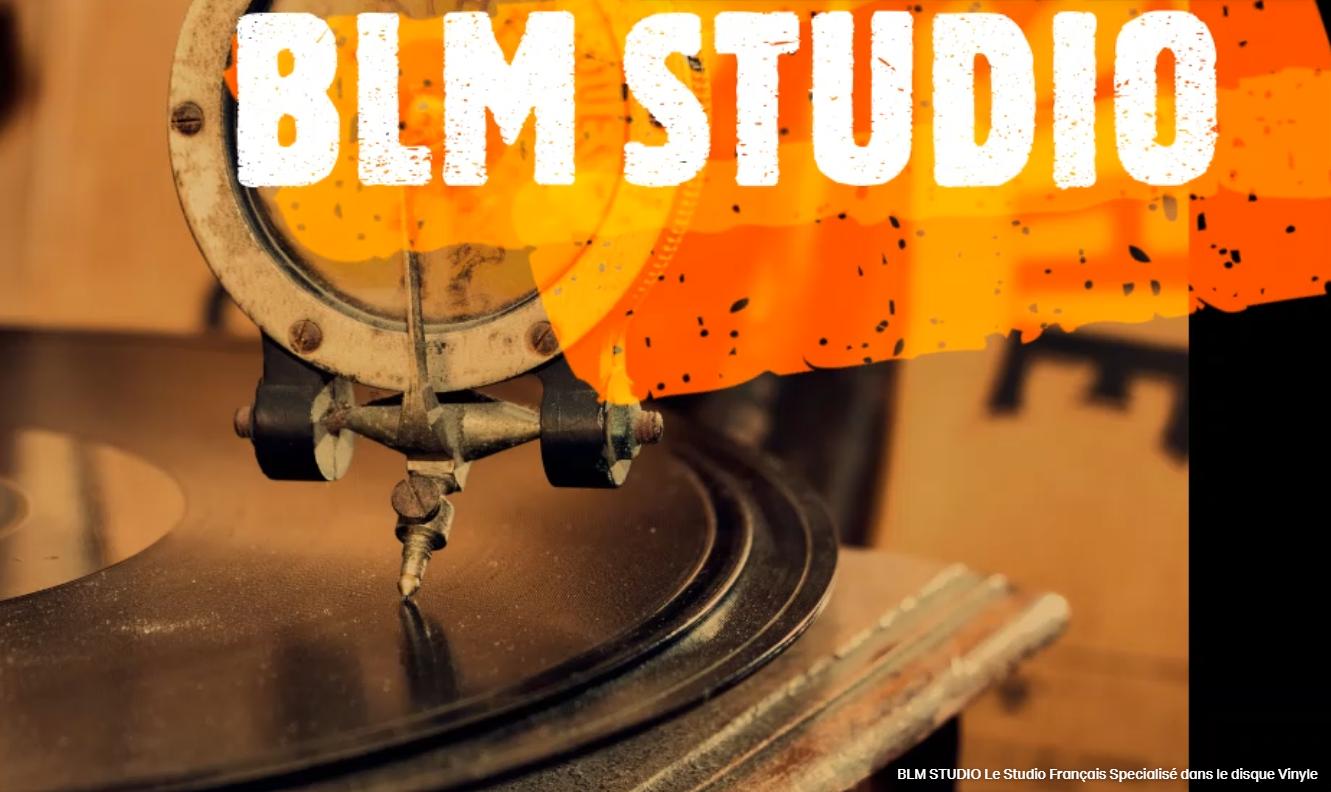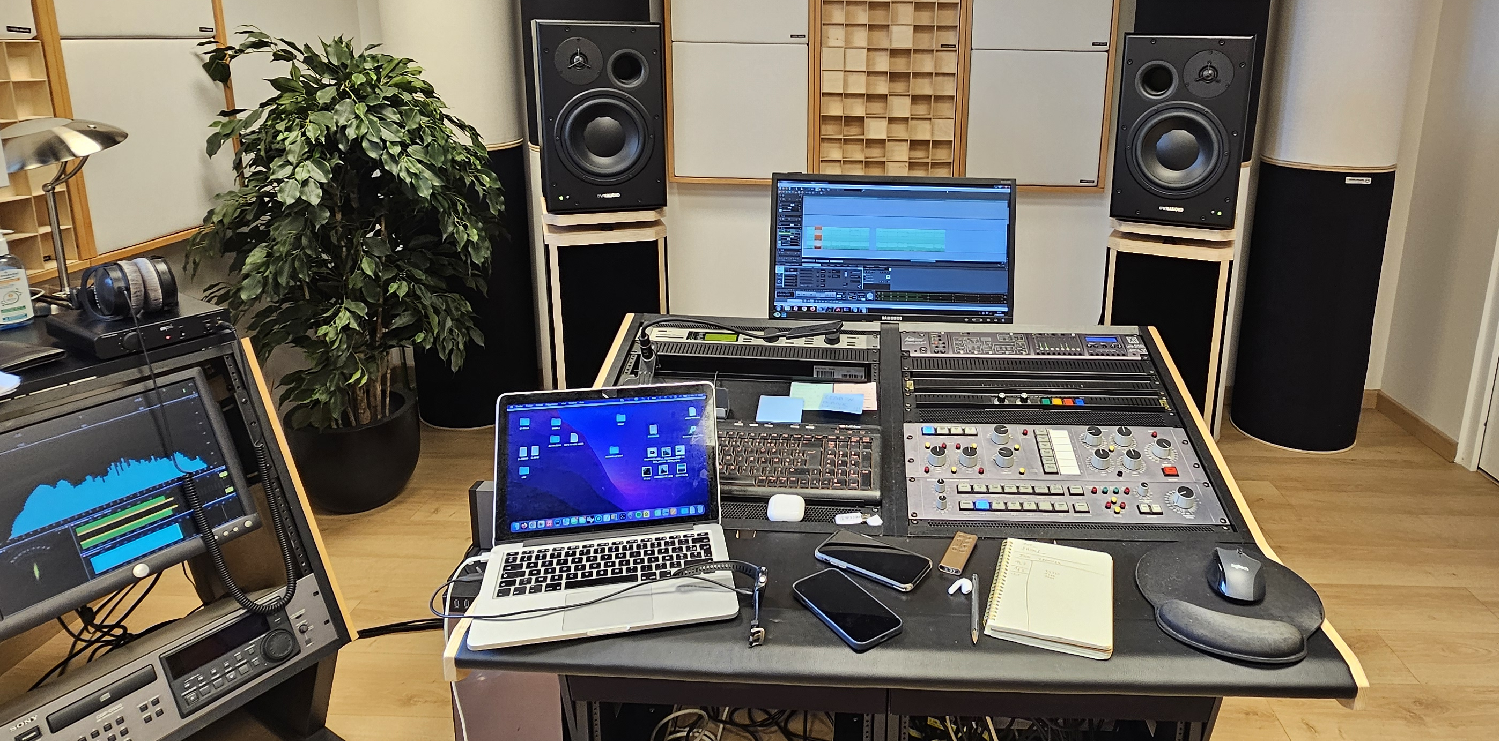8 Essential Tips for Producing High-Quality Vinyl Records
Producing a high-quality vinyl record demands careful attention at every step, from the initial recording to the final pressing.
Here are eight essential tips to ensure outstanding results provided by BLM-Studio.
1. Provide Masters Specifically for Vinyl It’s crucial to supply masters designed specifically for vinyl pressing. Avoid using digital masters that are excessively loud, as they can cause distortion during cutting. Ensure consistent sampling frequencies, ideally 44.1 kHz or 48 kHz.
2. Manage Low Frequencies Low frequencies take up more groove space and can impact the overall volume of the vinyl. It's recommended to center bass frequencies to mono below 120 Hz. A gentle low cut at around 30 Hz with a steep slope can also help optimize sound quality.
3. Avoid Phase Issues Phase issues, especially in lower frequencies, can lead to distortion and make cutting difficult. Avoid excessive stereo amplitude effects like phasers or flangers, as these can cause the stylus to jump during playback.
4. Limit Playback Duration per Side The length of each side directly affects sound levels and pressing quality. For LPs, aim for no more than 20 minutes per side at 33 RPM. For EPs with around four tracks, a maximum of 14 minutes per side at 33 RPM is advised to maintain optimal audio levels.
5. Avoid Excessive Compression Too much compression can reduce your music’s dynamic range on vinyl. Leave enough headroom for the mastering engineer to enhance your tracks professionally and harmoniously using analog equipment.
6. Control Vocal Sibilance Pronounced "s" sounds can pose issues during vinyl cutting. If your mix includes very clear vocals, consider sending separate vocal and instrumental tracks to your mastering engineer. This allows targeted management of sibilance, particularly between 7 kHz and 14 kHz.
7. Choose Vinyl Weight Wisely Contrary to popular belief, a heavier 180-gram vinyl does not necessarily offer superior sound quality. Depending on the turntable and arm settings, 180g vinyl may be more challenging to play correctly and can even have disadvantages on certain systems. Often, there's little audible difference between 140g and 180g vinyl.
8. Collaborate with Experienced Professionals The final quality of your vinyl greatly depends on the professionals involved in the production process. Work with experts who have a proven track record, as your music is unique and deserves the best possible treatment.
By following these guidelines, you'll maximize your chances of creating high-quality vinyl records that faithfully represent your artistic vision and offer listeners an exceptional audio experience.
At BLM Studio, we are more than just a lacquer cutting studio—we are the guardians of the sound quality and impact of your vinyl records. With decades of experience, unparalleled technical expertise, and an unwavering passion for music, we have carved out a name as one of Europe's leading vinyl mastering and cutting specialists.
In 2024 alone, we engraved over 4,000 records, making us the largest cutting studio in France and one of Europe's top leaders.
BLM Studio represents a passion for excellence in service of your music. Trust us to give your vinyl records a unique and unforgettable sonic identity.
Site: https://blm-studio.com/
Instagram: https://www.instagram.com/gerard_blmstudio







